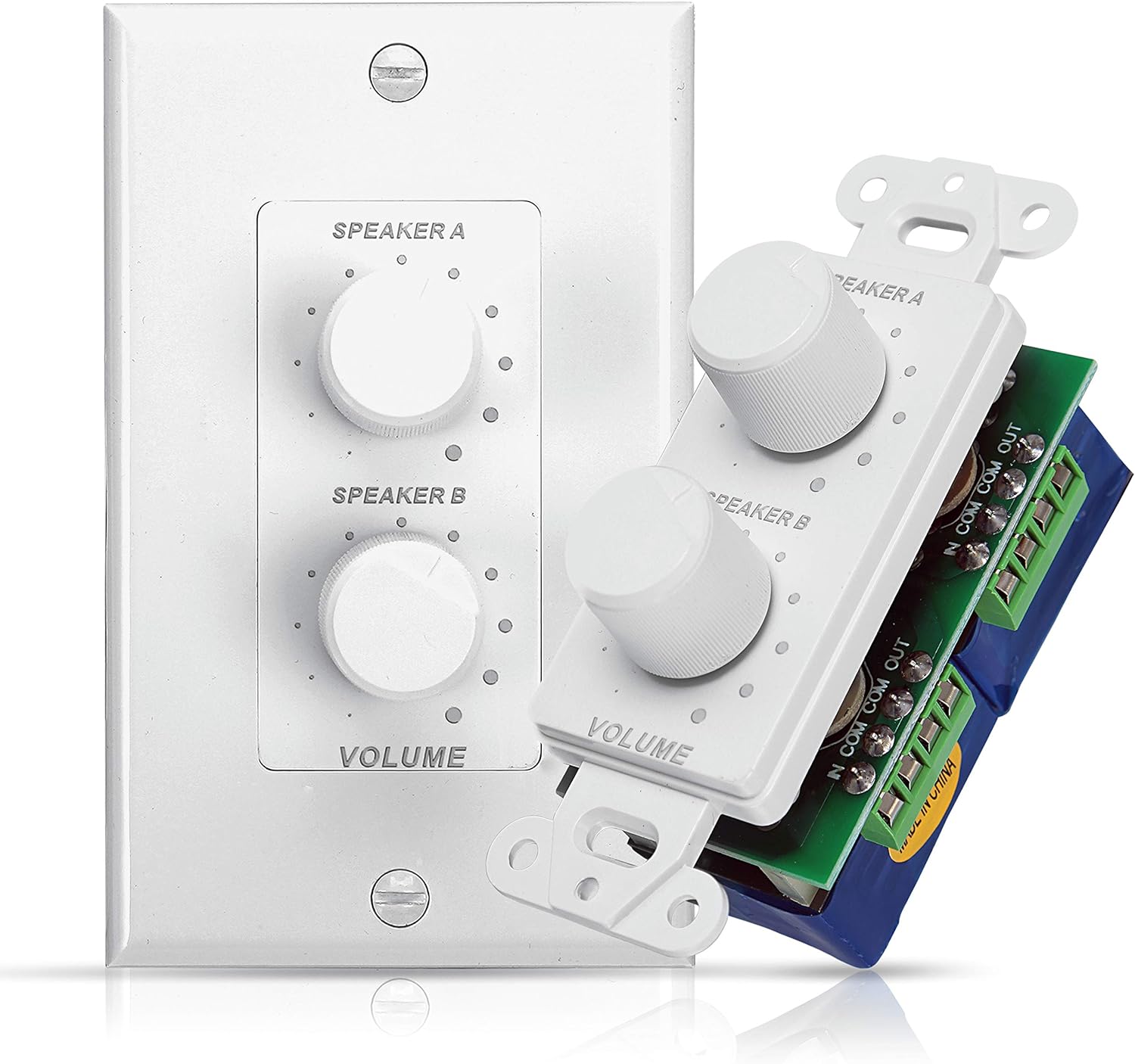Having trouble with your audio output in Windows 10? Learn how to fix the problem and get your sound back up and running smoothly.
Preliminary Checks
1. Check the basics first. Make sure your speakers or headphones are properly connected to your computer. Look for any loose cables or connections that may be causing the issue.
2. Check the volume settings. Right-click on the speaker icon in the taskbar and select “Open Volume Mixer.” Make sure the volume is turned up and not muted.
3. Restart your computer. Sometimes a simple reboot can solve audio output problems in Windows 10.
4. Update your audio drivers. Go to Device Manager by right-clicking on the Start button and selecting it from the list. Look for the “Sound, video and game controllers” section and update your audio driver.
5. Check for Windows updates. Sometimes a system update can fix audio output problems in Windows 10. Go to Settings > Update & Security > Windows Update and check for any available updates.
6. Run the built-in Windows troubleshooter. Go to Settings > Update & Security > Troubleshoot and select “Playing Audio” to run the troubleshooter.
7. Check the sound settings in Control Panel. Go to Control Panel > Hardware and Sound > Sound and make sure the correct output device is selected.
8. Disable enhancements. In the Sound settings, go to the Playback tab, right-click on your audio device, select Properties, go to the Enhancements tab, and check the box next to “Disable all enhancements.”
9. Test your audio output. Play a test sound or open a video or music file to see if the sound is working properly.
Troubleshooting Single Application Issues
- Check Volume Mixer settings:
- Right-click the speaker icon in the taskbar
- Select “Open Volume Mixer”
- Ensure the volume for the specific application is not muted or set too low
- Restart the application:
- Close the application completely
- Reopen the application and test the audio
- Update the application:
- Check for any available updates for the application
- Install updates and relaunch the application
- Reinstall the application:
- Uninstall the application from Control Panel
- Download and install the latest version of the application from the official website
- Test the audio after reinstalling the application
Resolving Complete Silence Problems
If you are experiencing complete silence problems on your Windows 10 device, follow these steps to fix the audio output issue:
1. Check the Volume: Make sure the volume on your computer is turned up and not muted. Look for the speaker icon in the taskbar and adjust the volume slider accordingly.
2. Update Audio Drivers: Outdated or corrupted audio drivers can cause sound issues. Go to Device Manager, locate the sound card drivers, right-click and select “Update driver.”
3. Restart Windows Audio Service: Sometimes, restarting the Windows Audio service can resolve sound problems. Press Windows key + R, type “services.msc,” find Windows Audio, right-click and select “Restart.”
4. Test Sound Output: Make sure your speakers or headphones are properly connected to the audio output jack. Try plugging them into a different device to see if the problem is with the hardware.
5. Run Troubleshooter: Windows 10 has a built-in audio troubleshooter that can help identify and fix sound issues. Go to Settings > Update & Security > Troubleshoot > Playing Audio.
Enhancing Poor Speaker Performance

To enhance poor speaker performance on Windows 10, follow these steps:
1. Check the Sound Settings: Right-click on the sound icon in the system tray and select “Open Sound settings.” Make sure the correct output device is selected and the volume is turned up.
2. Update Audio Drivers: Go to Device Manager by right-clicking on the Start button and selecting it. Expand the “Sound, video and game controllers” section, right-click on your audio device, and select “Update driver.”
3. Restart Windows Audio Service: Press the Windows key + R, type “services.msc,” and press Enter. Locate the Windows Audio service, right-click on it, and select “Restart.”
4. Disable Audio Enhancements: Right-click on the sound icon in the system tray and select “Open Sound settings.” Click on “Sound Control Panel” and find your audio device. Right-click on it, select “Properties,” go to the “Enhancements” tab, and check “Disable all enhancements.”
5. Run the Playing Audio Troubleshooter: Press the Windows key + I to open Settings, go to Update & Security > Troubleshoot, and run the “Playing Audio” troubleshooter.
Updating Audio Drivers
To update your audio drivers in Windows 10, follow these steps:
1. Right-click on the Start button and select Device Manager.
2. In the Device Manager window, expand the Sound, video and game controllers category.
3. Right-click on your audio device and select Update driver.
4. Choose Search automatically for updated driver software.
5. Windows will search for the latest driver software online and install it if available.
6. Restart your computer after the driver update is complete to apply the changes.
Updating your audio drivers can often fix audio output problems in Windows 10. If you are still experiencing issues, you may want to consider troubleshooting other potential causes such as hardware problems or software conflicts.
Configuring Sound Settings
To configure sound settings in Windows 10, start by right-clicking on the sound icon located on the taskbar.
Select “Open Sound settings” from the context menu that appears. This will open the Sound settings window where you can adjust various audio settings.
Under the “Output” section, choose the correct audio output device from the drop-down menu. Make sure the device you want to use is selected as the default output device.
Click on “Device properties” to further customize the settings for the selected audio device. Here, you can adjust the volume, audio enhancements, and other properties specific to the device.
For more advanced settings, click on “Sound Control Panel” located on the right side of the window. This will open the Sound Control Panel where you can configure additional audio settings like playback devices, recording devices, and communication settings.
Make sure to test the audio output after making any changes to ensure that the issue has been resolved. If you still experience audio output problems, consider updating your audio drivers or troubleshooting other hardware issues.
Repairing Audio Services
To repair audio services in Windows 10 and fix any sound output problems, follow these steps:
1. Check the volume settings: Make sure that the volume on your device is turned up and not muted. You can adjust the volume by clicking on the speaker icon in the taskbar.
2. Restart your computer: Sometimes, a simple restart can resolve audio issues. Reboot your computer and check if the sound is working again.
3. Update audio drivers: Outdated or corrupt audio drivers can cause sound problems. Go to Device Manager, locate your sound card, right-click on it, and select “Update driver.”
4. Run the Windows troubleshooter: Windows has a built-in audio troubleshooter that can automatically detect and fix common sound issues. Go to Settings > Update & Security > Troubleshoot > Playing Audio.
5. Check audio services: Make sure that Windows Audio and other related services are running. Press Windows key + R, type “services.msc,” locate Windows Audio, and ensure that it is set to “Automatic” and is running.
Final Steps in Audio Restoration
Step 1: Ensure that all audio drivers are up to date. Right-click on the Start button and select Device Manager. Look for the Sound, video and game controllers section and expand it. Right-click on each audio driver and select Update driver.
Step 2: Check the audio output settings on your Windows 10. Right-click on the speaker icon in the system tray and select Open Sound settings. Make sure the correct output device is selected under Output.
Step 3: If the audio output problem persists, try disabling and re-enabling the audio device. Right-click on the Start button and select Device Manager. Find the audio device under Sound, video and game controllers, right-click on it, and select Disable device. Wait a few moments, then right-click on it again and select Enable device.
Step 4: If none of the above steps work, try running the Windows 10 built-in audio troubleshooter. Right-click on the speaker icon in the system tray and select Troubleshoot sound problems. Follow the on-screen instructions to let Windows diagnose and fix the issue.
F.A.Q.
How do I fix audio output not working?
To fix audio output not working, you can start by checking your hardware and cable connections, then verify the audio settings on your computer. You may need to restart or change your audio device, install or update your audio/speaker drivers, disable audio enhancements, and update the BIOS if necessary.
How do I reset my audio output on Windows 10?
To reset your audio output on Windows 10, you can navigate to the Sound settings in System settings and select Reset under Reset to the Microsoft Recommended defaults in the App volume and device preferences under Advanced Sound Options.
Why is my audio not working on my Windows 10?
Your audio may not be working on your Windows 10 because there may be an issue with the audio settings or drivers. To troubleshoot this problem, go to Settings > Update & Security > Troubleshoot > Additional troubleshooters and select Playing Audio. Follow the instructions provided and Windows may be able to automatically fix the issue. Look out for any fixes applied by the troubleshooter once it’s done.
Why is my audio output device not working Windows 10?
Your audio output device may not be working on Windows 10 because there could be an issue with the settings or drivers. One solution is to run the audio troubleshooter by searching for it in the taskbar and following the steps to find and fix problems with playing sound.
